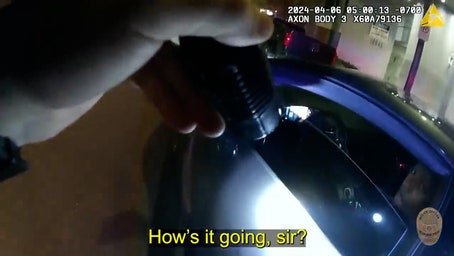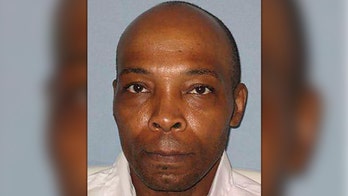Criminal profiler Keith Howard delves into the behavioral science behind Thomas Matthew Crooks' assassination attempt on former President Trump, revealing insights into the motivations and thought patterns of such individuals.
Keith Howard, the chief deputy of the Morgan County Sheriff's Office in Georgia and a criminal profiler, dismisses the notion that Thomas Matthew Crooks' assassination attempt on former President Trump in western Pennsylvania was a random act of violence. Instead, Howard asserts that the incident points to an "organized thinker" who meticulously planned and targeted the event.
"As much chaos as these events may bring to what we observed, they really are organized thinkers," Howard explained. "Think of it not as an impulsive act. They don't typically just wake up in the morning and go, ‘There’s going to be a presidential candidate in my county, in my district, so I'm just going to go over and try to kill him.'"

Inside the Mind of an Assassin: Breaking Down Thomas Crooks' Attempted Hit on Trump
Howard emphasizes that Crooks' actions suggest a deliberate and well-thought-out plan, rather than a spontaneous outburst of violence.
As the FBI continues its investigation, Howard anticipates that behavioral analysis will play a crucial role in understanding Crooks' motivations. "If we do this behavioral analysis, if he's searching for something to be infamous, then when he's searching for the Trump rallies and the Democratic National Convention, and he sees that one is going to be in his backyard, now all his actions have come into place," Howard elaborated.

Inside the Mind of an Assassin: Breaking Down Thomas Crooks' Attempted Hit on Trump
He highlights the importance of gathering information from individuals who knew Crooks, using standardized questions to assess his prior characteristics and traits. By compiling this data and analyzing it against the crime scene information, the FBI can begin "a behavioral construction" to piece together Crooks' motivations and psychological profile.
According to Howard, the FBI's access to Crooks' cellphone and laptop will provide "tremendous" insights into his thought processes and potential plans. The phone, in particular, holds a close link to his mind, fostering a greater understanding of his behavior. Geofencing capabilities, which track a device's location, will also prove invaluable to the investigation.

Inside the Mind of an Assassin: Breaking Down Thomas Crooks' Attempted Hit on Trump
While investigators have yet to pinpoint a definitive motive for Crooks' assassination attempt, Howard stresses the importance of considering both primary and secondary motivations. The primary motivation often involves a psychological need or desire, while the secondary motivation typically relates to a desire for recognition or infamy.
"They want to be seen," Howard explained. "They want to be heard. They want to feel powerful. And they want to feel like they have an impact on the world. That's the secondary motivation."

Inside the Mind of an Assassin: Breaking Down Thomas Crooks' Attempted Hit on Trump
Howard's insights into the motivations and thought patterns of assassins provide valuable insights into the complex nature of such individuals. His expertise offers a deeper understanding of the factors that drive such violent acts, aiding law enforcement agencies in their investigations and prevention efforts.












